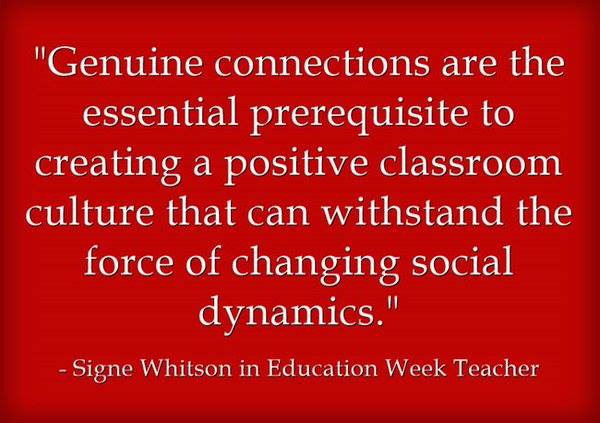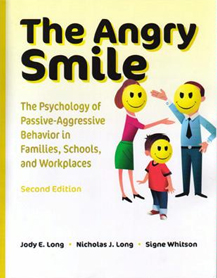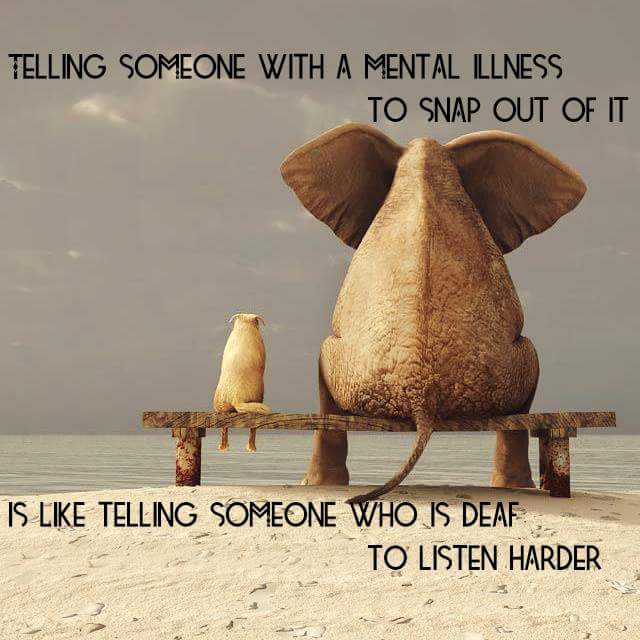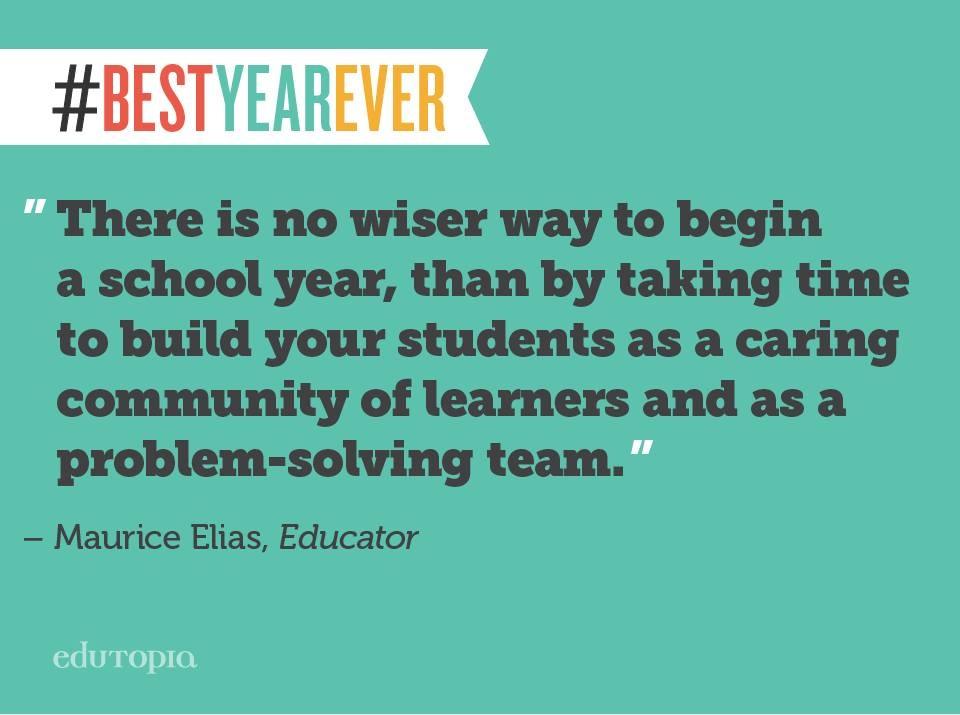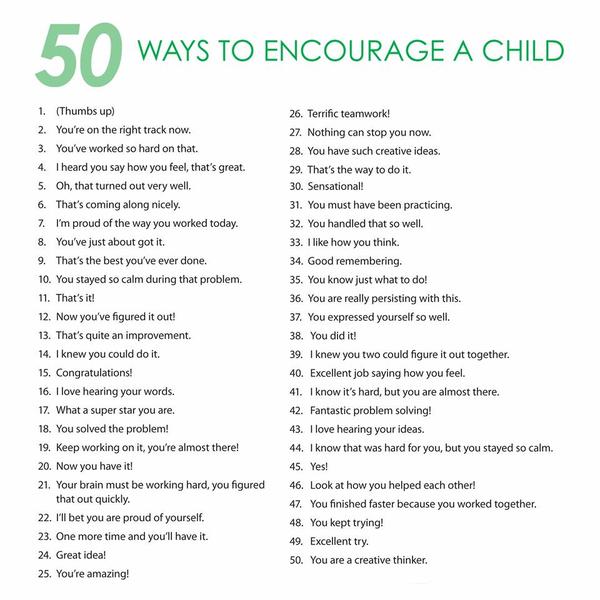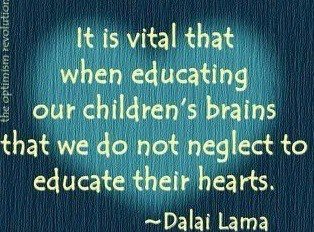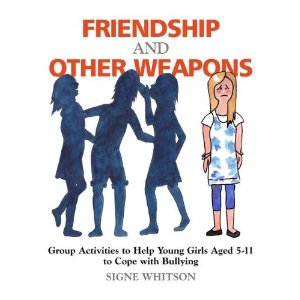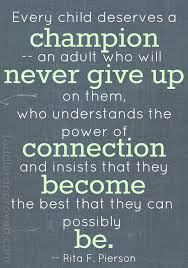Uncategorized
What to Do About Students Who Change Your Class Chemistry
0Education Week writer Larry Ferlazzo reached out to me and three other Education & Mental Health professionals to help respond to this reader’s question:
One student can change the chemistry of whole class. How do you bring balance to the Force in your class?
Here’s my response:
A sad truism about classroom dynamics is that it is far easier for one negative student to bring down an entire group of peers than it is for one positive student to lift the class up. As a teacher, what can you do in your classroom when that ‘one bad apple’ threatens to spoil the whole bunch?
Prioritize Connections with Students
In this age of technology and testing, it is far too easy to regard students as items on a to-do list rather than as human beings who only succeed academically when they feel safe emotionally. Make time to genuinely connect with each student in your classroom:
- Greet them by name each day.
- Learn their strengths.
- Know their families.
- Ask about their feelings.
- Notice changes in their behavior.
Genuine connections are the essential prerequisite to creating a positive classroom culture that can withstand the force of changing social dynamics.
Role Model Kindness
Rodkin & Hodges (2003) cite evidence that when teachers are warm and caring to their students, the students, in turn, become less rejecting of their peers. Be the standard bearer of warmth and kindness in all of your interactions with young people. Smile often. Make abundant eye contact. Listen. Be there. Show that you care. This is a real “do as I do” opportunity where your actions are the model for how your students treat each other.
Intervene Quickly & Briefly
Many adults tell me that when they witness cruelty in their classrooms, they freeze up and don’t know what to do or say. I tell them that the most effective way to intervene is also the easiest (not to mention the most time-effective.) Use brief messages, such as:
Check out the full article here:
How Passive Aggressive Are You?
0Currently, I am working on updating The Angry Smile text, for what will become the book’s 3rd edition. It’s interesting to think back on how much of my current work and writing on the topics of helping kids manage anger and teaching them to cope with bullying are tied directly to this work with understanding and changing #passiveaggressive behavior. Here’s a light-hearted “test” of how often you use Passive Aggressive Behavior in your daily life:
Are Your Kids Ready to Go Back to School? An Insider’s Look at What Teachers Really Want
0Stores are buzzing this time of year with back-to-school shoppers and nervous anticipation of the school year that is about to begin. Kids are wondering if their BFF will be in their class and agonizing over important shopping decisions: backpack or messenger bag? Parents are guiltily calculating how many days until the kids go back to school and trying to remember if they ever supervised any summer reading or algebra review.
When it comes to what classroom teachers really want in terms of preparing students for a successful year, however, stylish school bags and math memorization don’t even make the top ten list. In my post below, featured in the Huffington Post’s Parents pages, I share Teachers’ Top 3 Wish List items–specific skills and teachable traits that make for a peaceful classroom and productive learning environment. Please read and share with parents and caregivers you know:
What LSCI Training Offers to New (and Experienced!) Educators
0“Get to know them, indulge your curiosity, spend time learning about who they are as human beings; the rest will follow. Your students will remember how you made them feel, whether they felt loved and cared for by you.”
Check out this great article from the folks at Edutopia that shares what one teacher wishes she had known at the beginning of her career:
Then, please visit www.lsci.org to check out how this organization, which I have been affiliated with for 15 years, gives adults the skills they need to look beyond a student’s surface behavior and get to know the child within.
Mistakes are for Learning
0Two weeks ago, I shared with you the story of Mistake Cake–the ingenious and compassionate way that a former high school classmate of mine teaches her kids about righting wrongs and supporting family members. She also gave me permission to share this post, in which she talks more about the gift of forgiving the mistakes of others and owning our own slip ups.
It started this way. When my kids were little, and they made a creative mess, or a mistake, or they were mean and regretful, I would say the same words. These words brought calm to me, even if I was unsettled inside:
“It’s okay. You’re learning.”
The words “you’re learning” are truthful, forgiving, and full of promise.
As the kids grew older, and I made mistakes in front of them, I learned to say, “I’m sorry. I’m learning.”
Once, I scolded my daughter for using stamps as stickers. Moments after my accusatory lecture, I determined that the stamps had caught a snag and become stuck because of where I had put them. My child was bewildered. She was little and had not lied. Yet there I stood before her, shaming her for being naughty. All the while, she had done absolutely nothing wrong. Thirteen years later, I can still feel the lump of guilt that sunk in my gut when I realized that I punished her for my mistake. “I’m SO SORRY for scolding you for something that you didn’t do! I’m learning. Please forgive me!” I cried. I dropped to my knees and hugged her and kissed her passionately, mournfully.
“It’s okay Mommy. You’re learning.”
The children are now throwing the ball out in front of the house. The smallest one repeatedly overthrows it. “Whoops! I’m sorry!” she yells.
The bigger one says, “It’s okay. You’re learning.”
